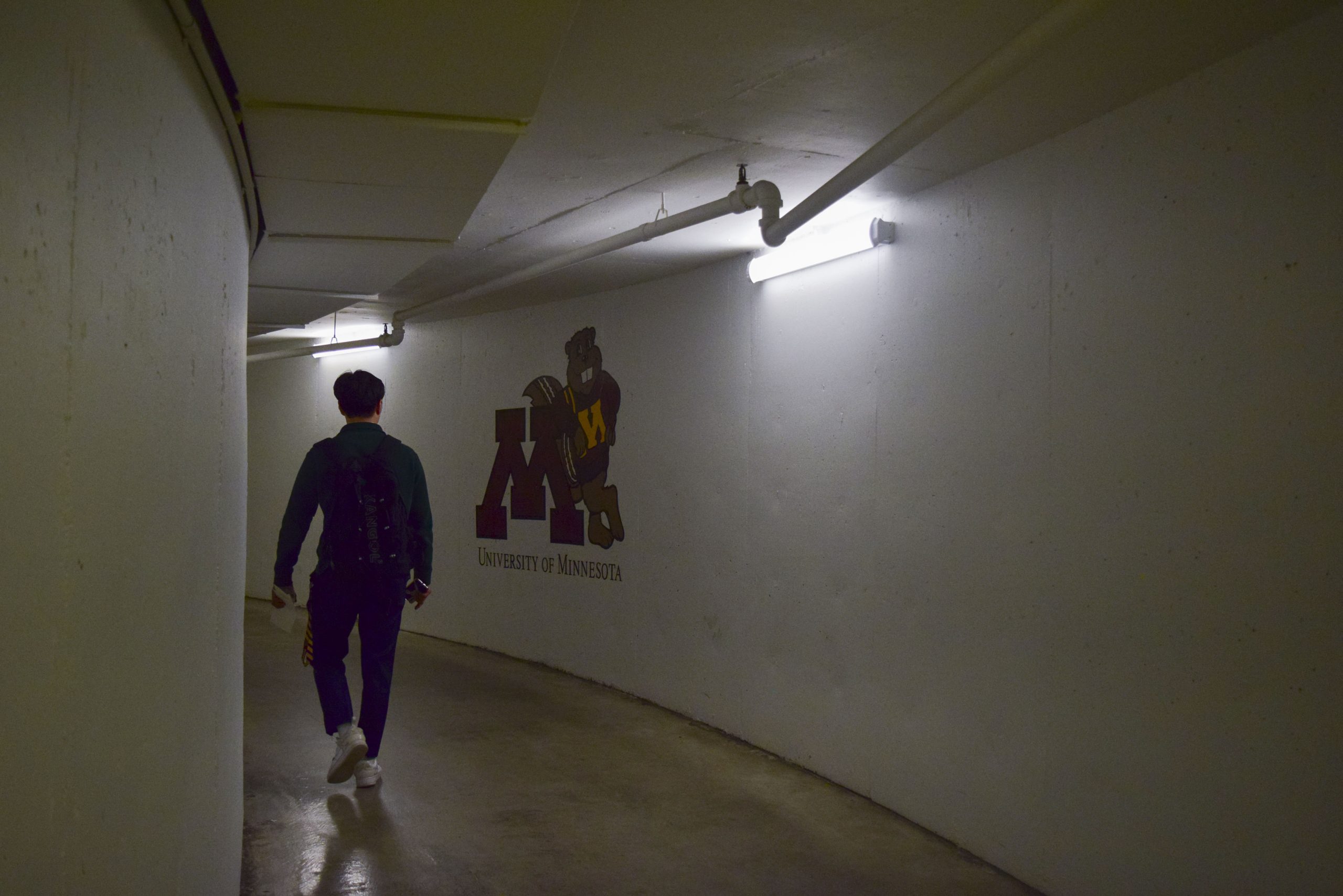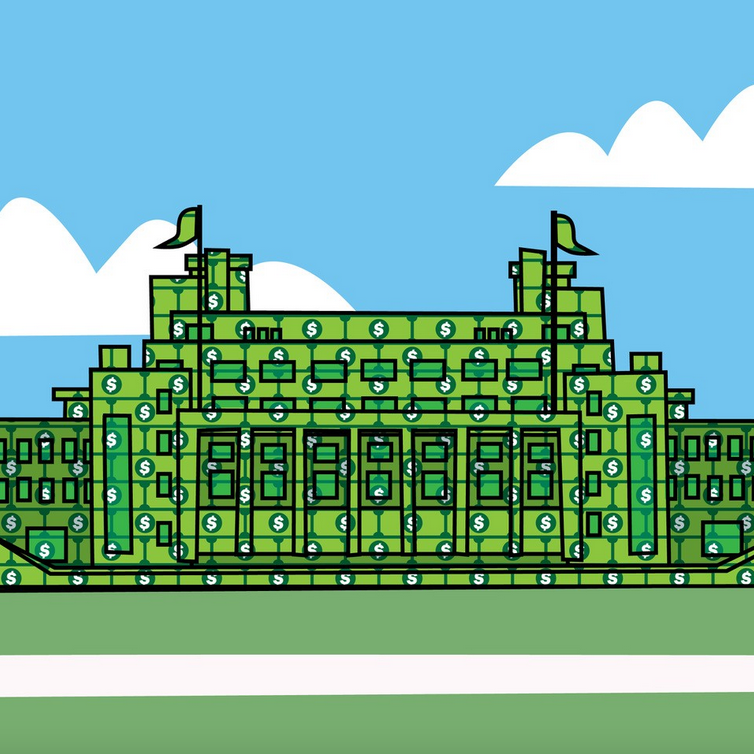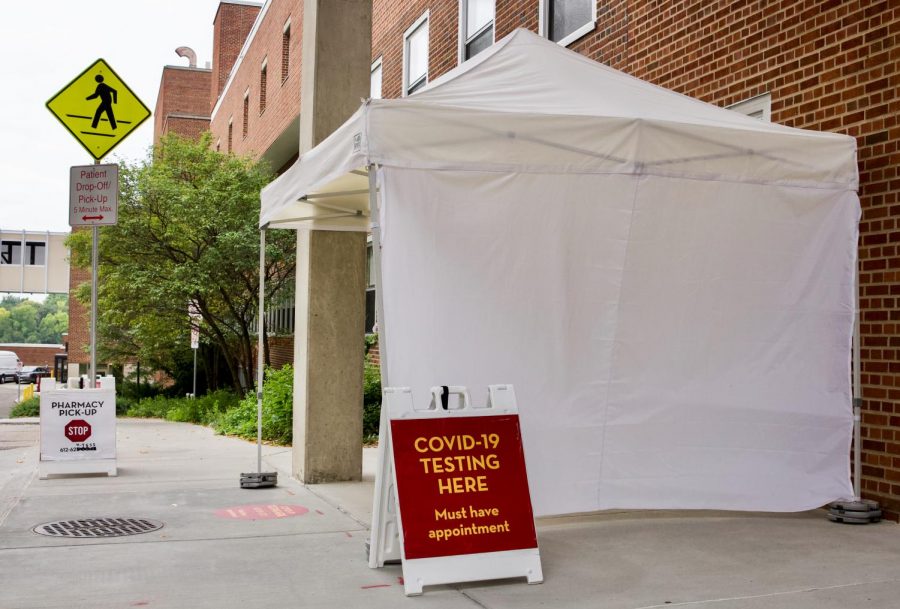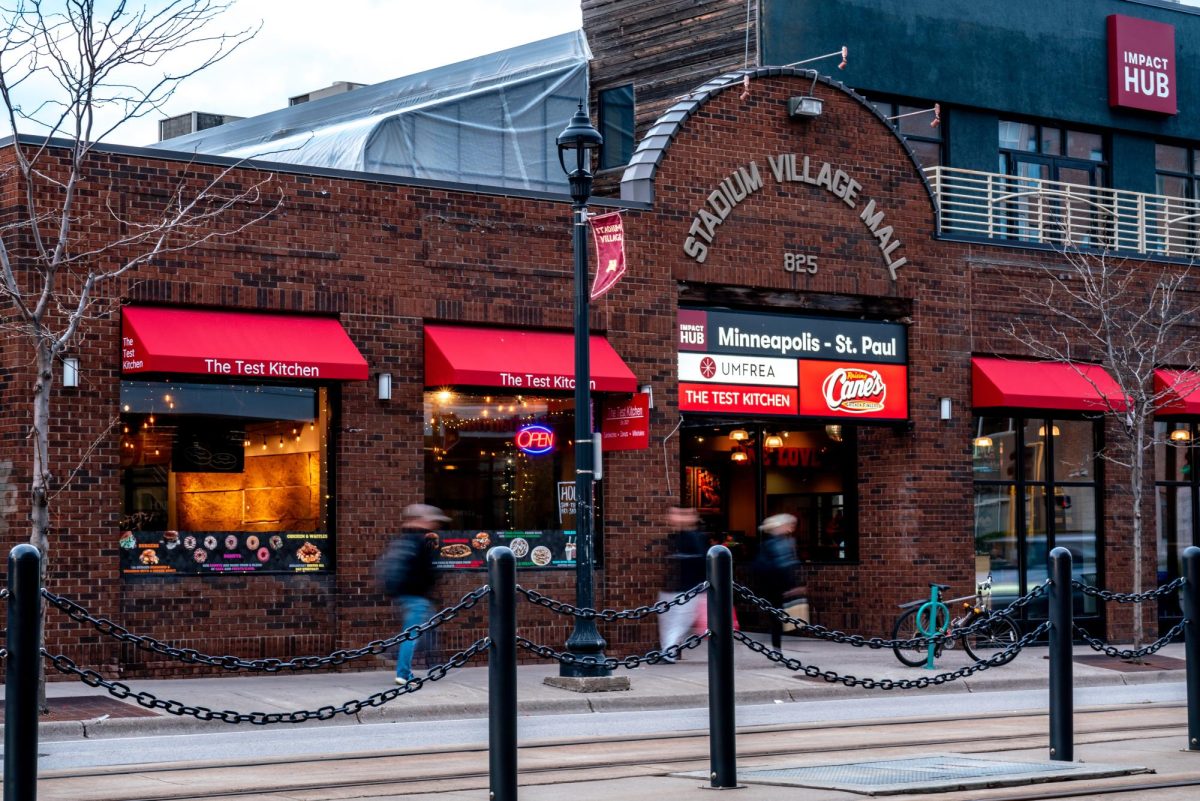Cancer has overtaken heart disease as the
leading cause of death in 22 states, a trend that mirrors numbers in Minneapolis.
According to a
new Centers for Disease Control and Prevention report, cancer was the leading
cause of death in only two states — Minnesota and Alaska — in 2000. In 2014,
that number rose to 22 states.
In the state
of Minnesota, 7,571 people died of heart disease in 2014 — around 18 percent of
deaths.
A Minneapolis
Health Department report found that more residents die from cancer than from
any other cause including heart disease, which has been the leading cause of
death in the country since the early 1900s.
In
Minneapolis, 520 deaths were caused by cancer and 332 by heart disease in 2014.
The CDC study,
which examined nationwide numbers up to 2014, found that about 591,000 people
died of cancer that year; about 614,000 people died of heart disease.
Accidents,
lower respiratory disease and stroke are the third, fourth and fifth leading
causes of death in Minneapolis.






















